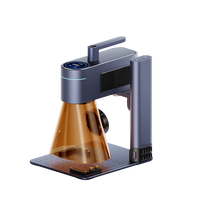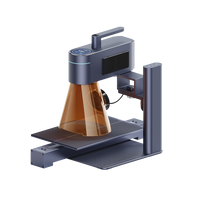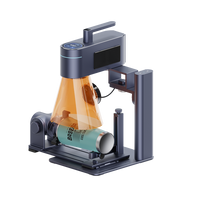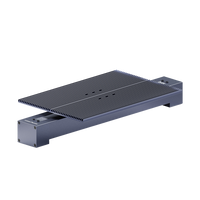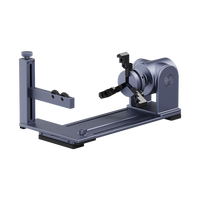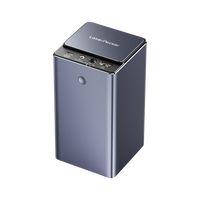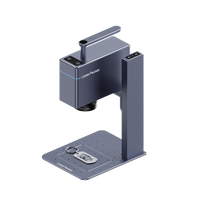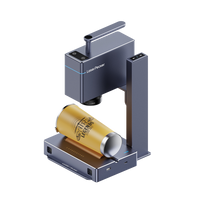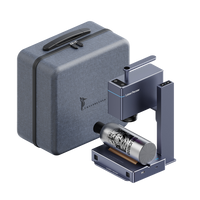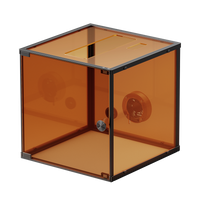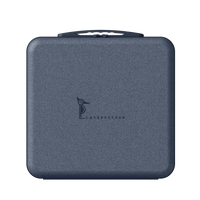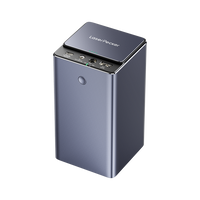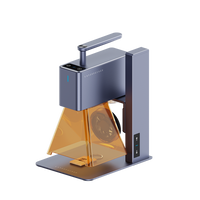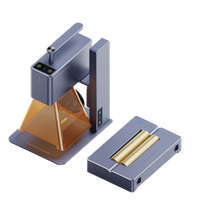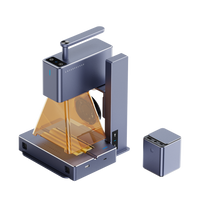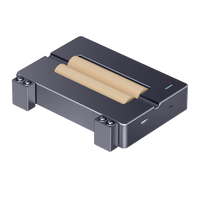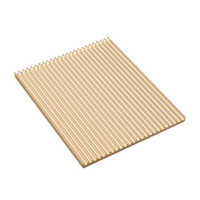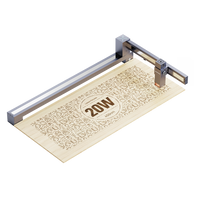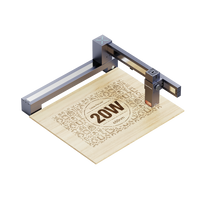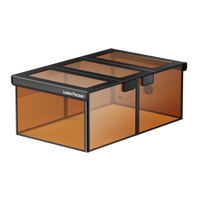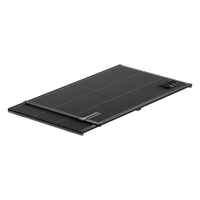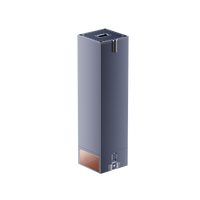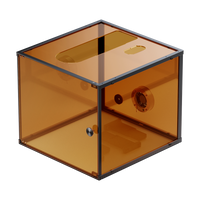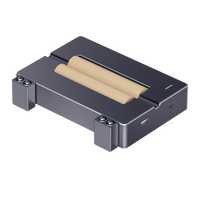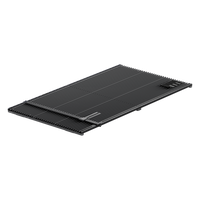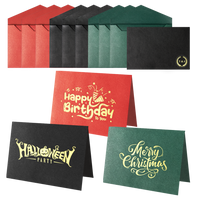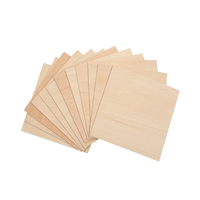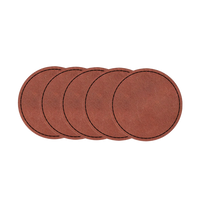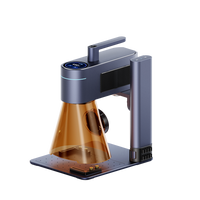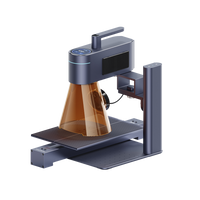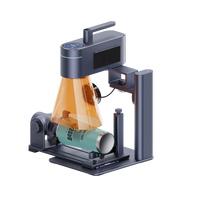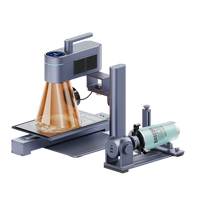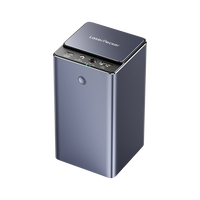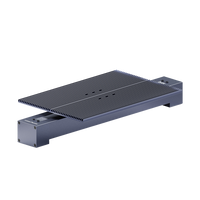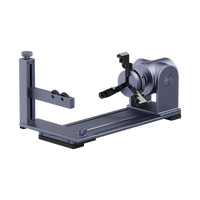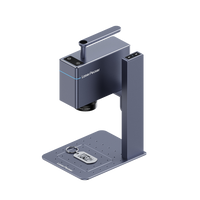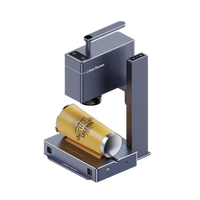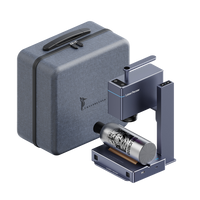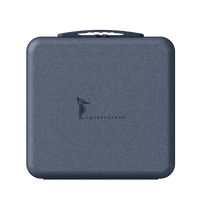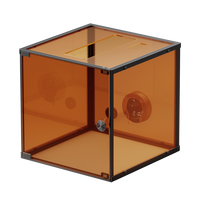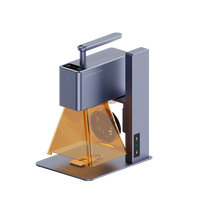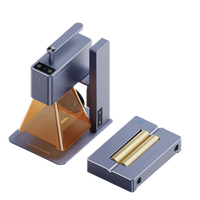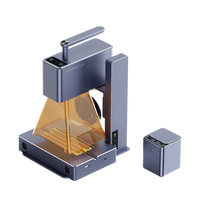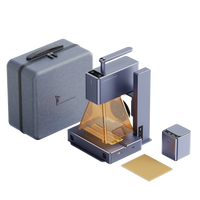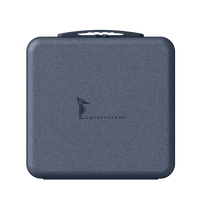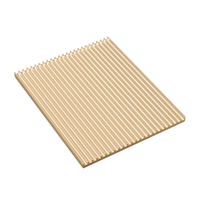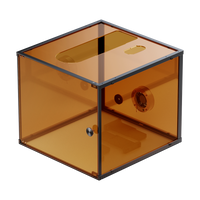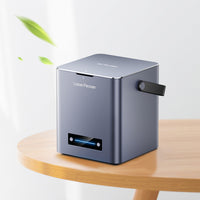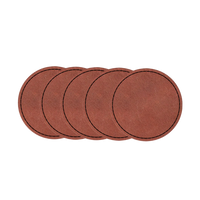Using a laser engraver is very simple, just like using a computer and a printer to print on paper. You can use a variety of graphics processing software to design, and scanned graphics, vectorized graphics and a variety of CAD files can be easily "printed" to the engraving machine. The only difference is that the printing is to apply toner to the paper, while the laser engraver projects the laser onto almost all materials such as wood products, acrylic, plastic plates, metal plates, stone, etc., through the laser and the material. The physical and chemical reactions between the sculptures produce patterns.
In this blog post, we will dive into laser engraving applications and main functions. Now, Let's Start!
1. Application fields of Laser Engraver
Advertising decoration:
Engraving (cutting) of organic glass products, laser making of medals and plaques, laser engraving (cutting) of two-color plates, engraving (cutting) of other non-metallic plates;
Printing and packaging:
rubber plate laser engraving, printing roller laser engraving, paper products laser cutting:
Leather clothing:
leather and surface pattern carving, clothing fabric pattern cutting;
3D model production:
model plate cutting;
Craft gifts:
laser engraving of bamboo slips, laser engraving of woodblock books, laser engraving of mahogany, laser engraving of two-color plates, engraving of box-shaped crafts and laser engraving of ceramics.
Household DIY:
The daily use watch is marked by laser engraving.
2. Functions of Laser Engraver
Dot matrix engraving
Dot matrix engraving resembles high-definition dot matrix printing. The laser head swings left and right to engrave a line consisting of a series of dots each time, and then the laser head moves up and down to engrave multiple lines at the same time, and finally constitutes a full-page image or text. The scanned graphics, text and vectorized graphics can all be engraved by dot matrix.
Vector cut
Unlike dot matrix engraving, vector cutting is performed on the outer contour of the graphic. We usually use this mode of laser engraver to perform penetrating cutting on wood, acrylic, paper and other materials, and it can also perform marking operations on the surface of a variety of materials.
Engraving speed
Engraving speed refers to the moving speed of the laser head, usually expressed in IPS (inches per second). High speed brings high production efficiency. Speed is also used to control the depth of cutting. For a specific laser intensity, the slower the speed, the greater the depth of cutting or engraving. You can use the panel of the engraver or the computer's print driver to adjust the speed. In the range of 1% to 100%, the adjustment range is 1%.
Engraving intensity
Engraving intensity refers to the intensity of laser light hitting the surface of the material. For a specific engraving speed, the greater the intensity, the greater the depth of cutting or engraving. You can use the laser engraver panel to adjust the intensity. The greater the intensity, the greater the speed and the deeper the cutting depth.
Spot size
The size of the laser beam spot can be adjusted with lenses with different focal lengths. A lens with a small spot is used for high-resolution engraving. A lens with a large spot is used for lower resolution engraving. The smaller the spot, the finer the engraved pattern. But for vector cutting, a small spot laser with high precision is the best choice.




















